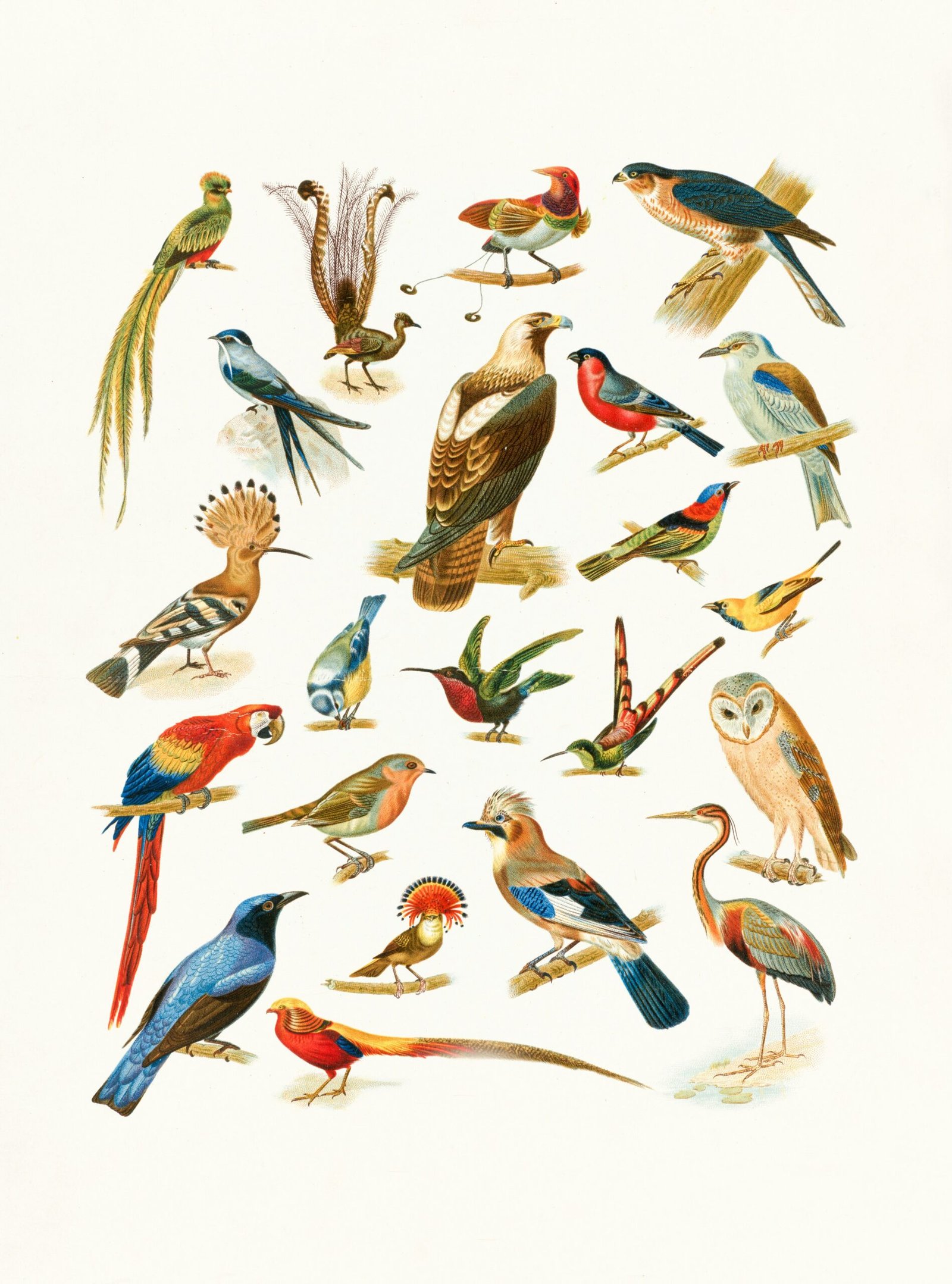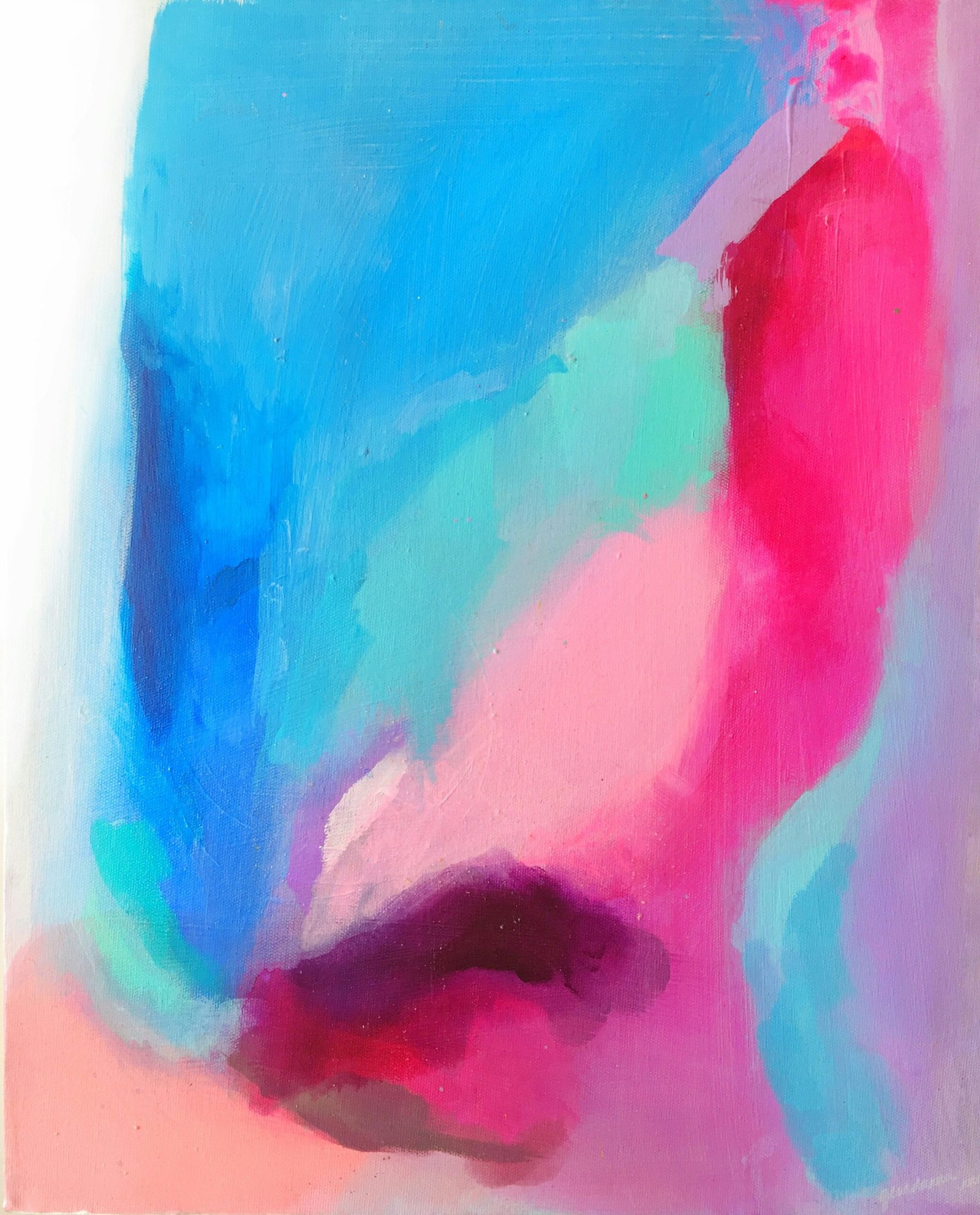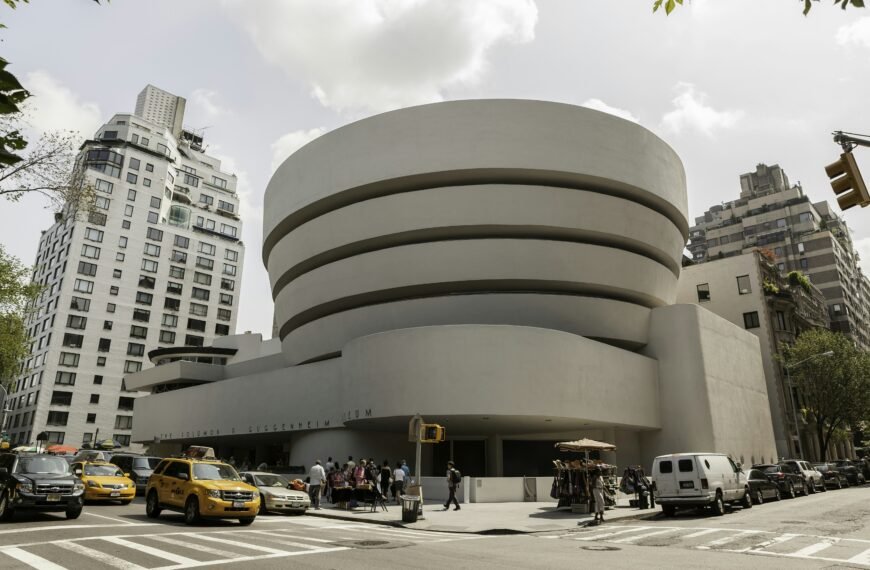Is Eco Art the New Trend?
Eco art, also known as environmental art, is becoming increasingly popular in the art world as artists use their work to address issues related to climate change, environmental degradation, and sustainability. This form of art aims to raise awareness, provoke thought, and inspire action towards a more eco-conscious way of living. But does eco art always have to be loud and didactic in its messaging? Let’s explore different approaches to eco art and how artists are using their creativity to convey important environmental messages in subtle and nuanced ways.
Understanding Eco Art
Eco art encompasses a wide range of artistic practices that engage with environmental issues, such as pollution, deforestation, loss of biodiversity, and climate change. Artists working in this genre often use natural materials, recycled objects, and sustainable processes to create their artwork. By integrating elements of nature and sustainability into their art, eco artists aim to prompt viewers to reflect on their relationship with the environment and the impact of human activities on the planet.
The Purpose of Eco Art
The primary goal of eco art is to raise awareness about environmental issues and encourage action to protect the planet. While some eco artists choose to deliver overt messages through their work, others take a more subtle and contemplative approach. By incorporating themes of nature, sustainability, and environmental stewardship into their art, these artists invite viewers to engage with the beauty of the natural world and consider their role in preserving it.

Eco Art That Speaks Softly
Some artists choose to create eco art that speaks softly, using subtle and poetic imagery to convey powerful messages about the environment. By embracing beauty and aesthetics in their work, these artists seek to engage viewers emotionally and intellectually, prompting them to reflect on the fragile beauty of the natural world and the need to protect it.
Jenny Kendler’s Approach
One artist who exemplifies the soft-spoken approach to eco art is Jenny Kendler, whose work focuses on the interconnectedness between humans and non-humans. Kendler’s installations feature delicate sculptures made from natural materials like oyster shells, freshwater pearls, and bio-based casts of human ears. Through her art, Kendler invites viewers to contemplate the delicate balance of ecosystems and the impact of human activity on the environment.
The Beauty of Ambiguity
Another hallmark of eco art that speaks softly is its embrace of ambiguity and complexity. Rather than delivering a clear message, these artworks invite viewers to interpret and reflect on the piece’s meaning for themselves. By leaving room for interpretation and exploration, artists can encourage deeper engagement with environmental issues and inspire personal reflection and action.
Eco Art That Makes a Statement
While some artists choose to approach eco art with subtlety and nuance, others opt for a more direct and provocative style that aims to shock, challenge, or confront viewers with the urgency of environmental issues. These artists use their work to make a bold statement and incite action, pushing viewers out of their comfort zones and into a space of discomfort and reflection.
The Power of Provocation
Provocative eco art is characterized by its boldness, confrontational style, and willingness to address uncomfortable truths about the state of the environment. By using shocking imagery, strong themes, and controversial subject matter, these artists aim to disrupt the status quo and challenge viewers to confront the harsh realities of ecological destruction and climate change.
Michael Wang’s Ecological Works
One artist known for his provocative eco art is Michael Wang, whose installations and sculptures confront viewers with the consequences of human activity on the natural world. Wang’s work often features stark imagery of deforestation, pollution, and species extinction, forcing viewers to confront the devastating impact of environmental degradation. Through his art, Wang seeks to provoke a sense of urgency and responsibility in viewers, compelling them to take action to protect the planet.

The Impact of Eco Art
Whether subtle and poetic or bold and provocative, eco art has the power to inspire change, raise awareness, and prompt action on environmental issues. By engaging viewers emotionally and intellectually, eco artists can encourage deeper reflection on the relationship between humans and the environment, fostering a sense of responsibility and stewardship towards the planet.
Inspiring Reflection and Action
Through their creative expressions, eco artists can inspire viewers to reflect on their own impact on the environment and consider ways to reduce their ecological footprint. By sparking conversations, raising awareness, and prompting action, eco art has the potential to mobilize individuals and communities to work towards a more sustainable and environmentally conscious future.
Fostering Connection and Empathy
Another key impact of eco art is its ability to foster a sense of connection and empathy towards the natural world. By highlighting the beauty, diversity, and fragility of ecosystems, artists can evoke a sense of wonder and reverence for the planet, inspiring viewers to care for and protect the environment. Through artistic expressions of nature and sustainability, eco art can cultivate a sense of interconnectedness and solidarity with all living beings.
In Conclusion
In the world of art and activism, eco art is a powerful tool for raising awareness, inspiring action, and sparking dialogue on environmental issues. Whether through subtle and contemplative works or bold and provocative statements, eco artists are using their creativity to address the urgent challenges of climate change, biodiversity loss, and environmental degradation. By engaging viewers emotionally and intellectually, eco art has the potential to inspire a deeper connection with nature, foster a sense of responsibility towards the planet, and ignite a collective movement towards a more sustainable future. So, the next time you encounter eco art, take a moment to pause, reflect, and consider the profound messages that these artworks have to offer. Your engagement and action may just make a difference in the fight to protect our planet for future generations.








